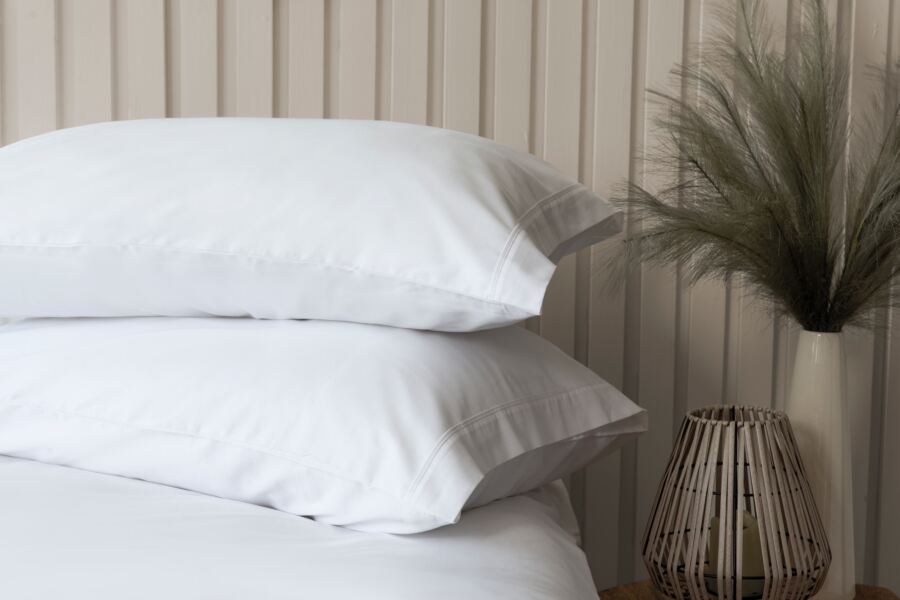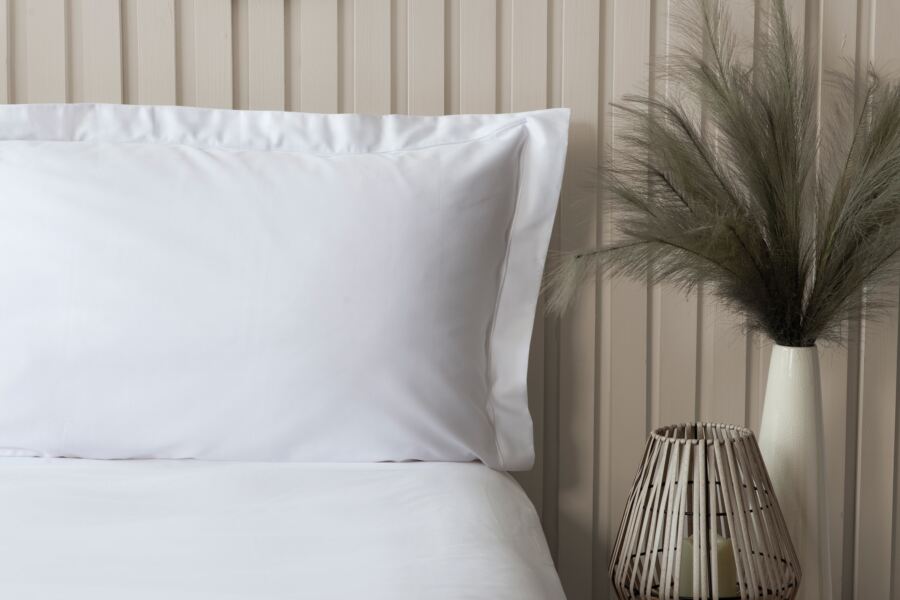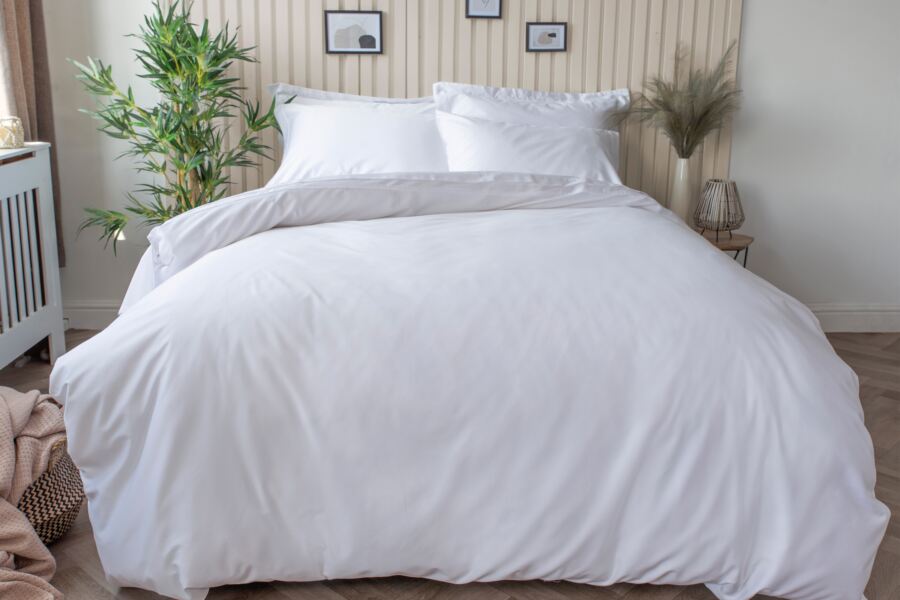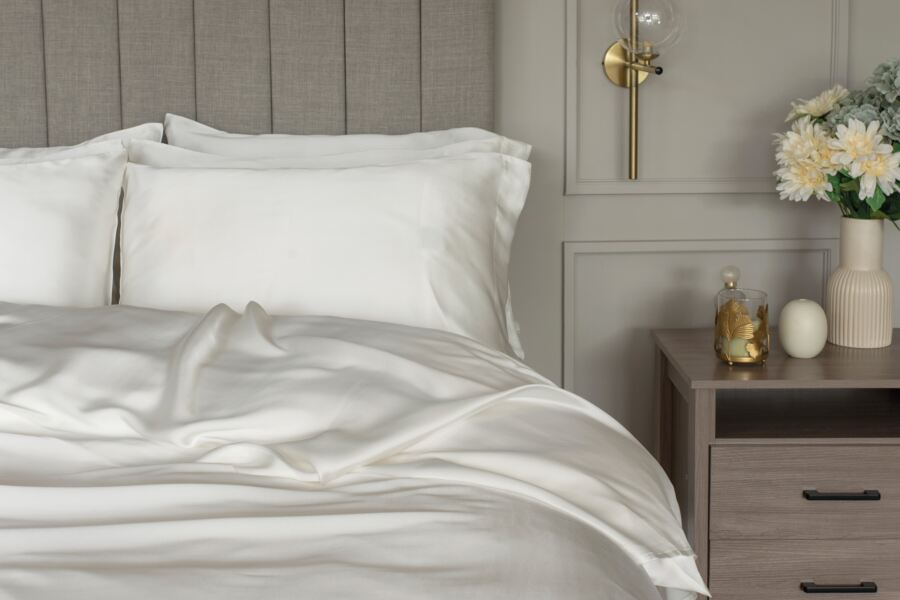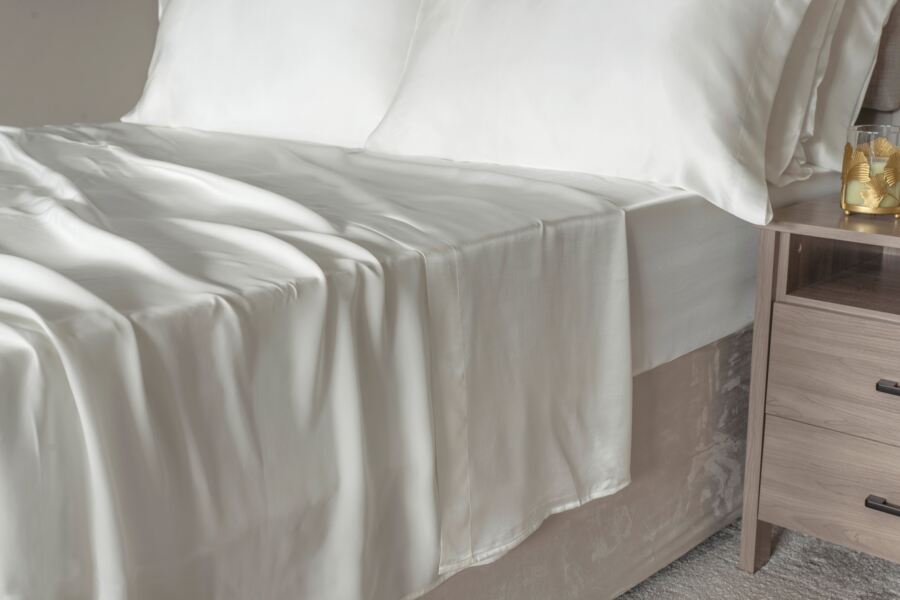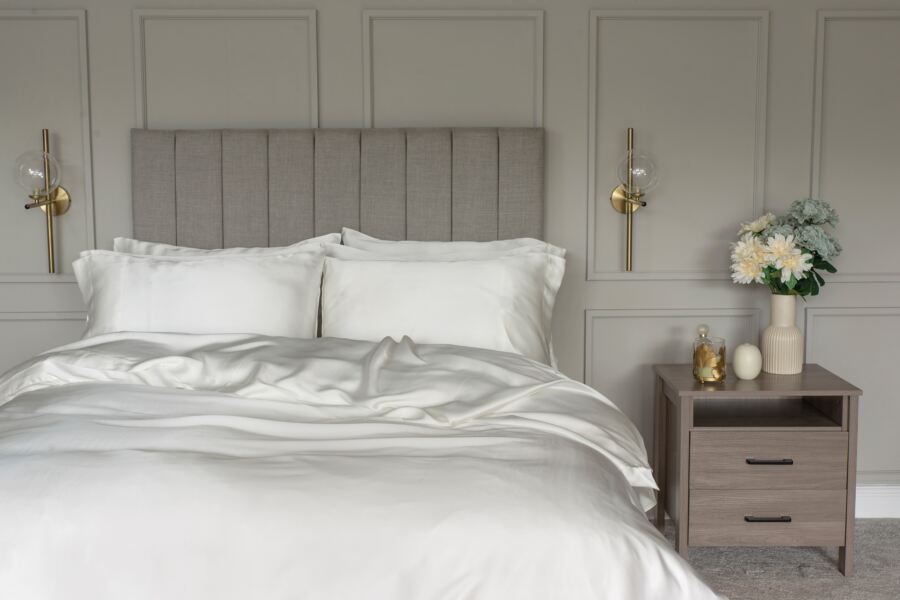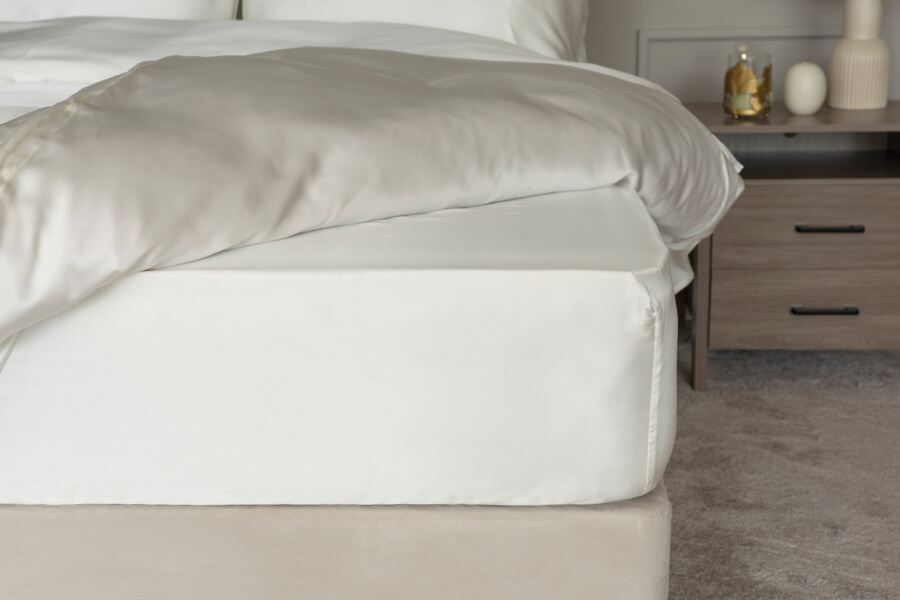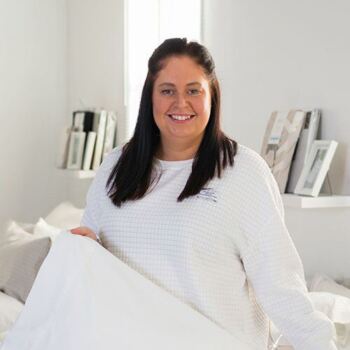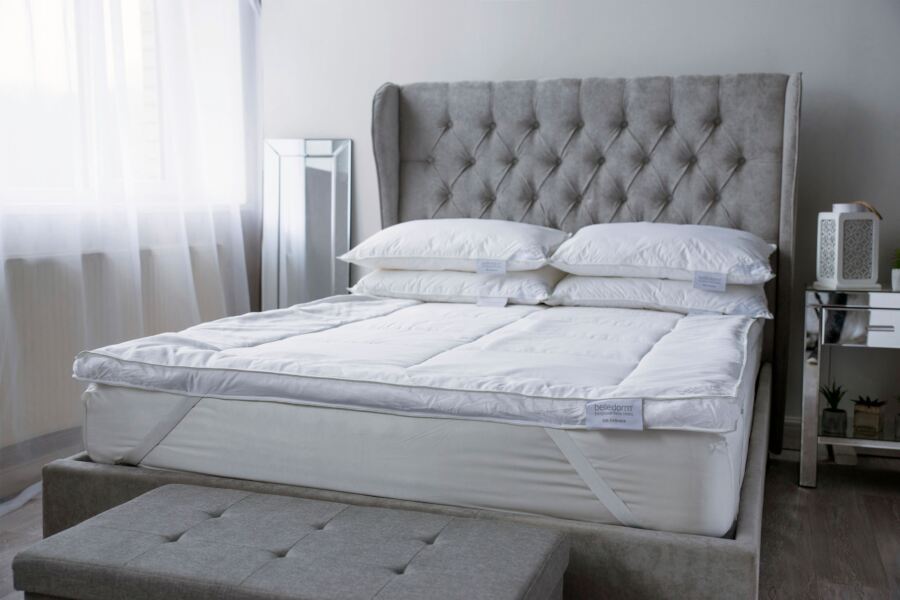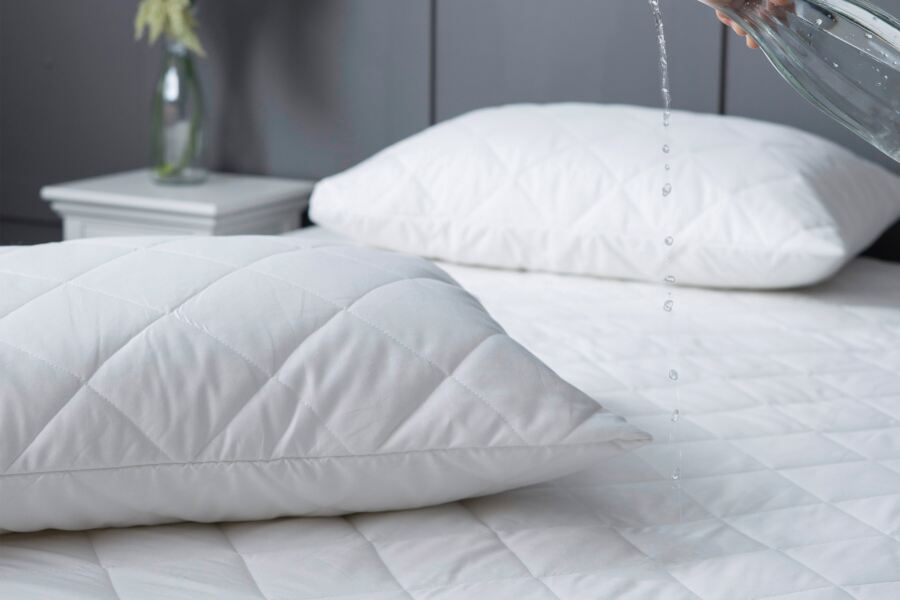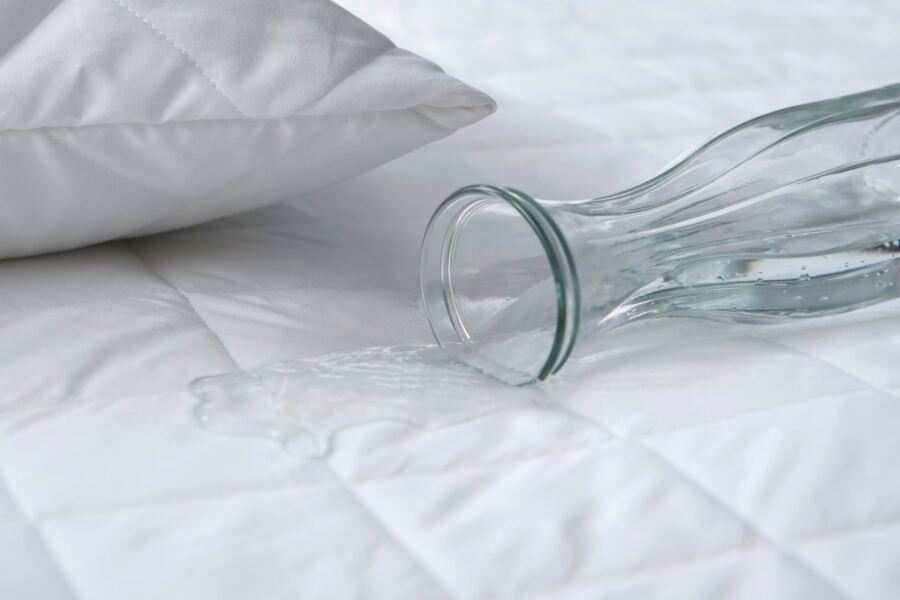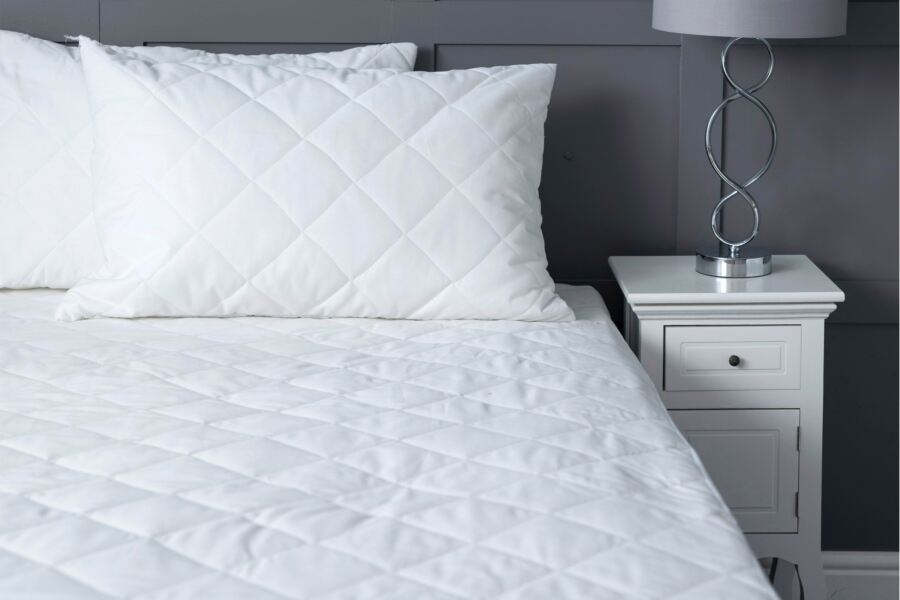Table of Contents
- Transform Your Bedding into an Allergy-Free Oasis
- Regularly Vacuuming: The Key to Dust Mite Control
- Keep Pets at Bay: A Pet-Free Bedroom Policy
- Get Anti-Allergy Bedding: Your Shield Against Allergens
- Purify the Air: Breathe Easier with Air Purifiers and Plants
- Declutter for Dust Mite Defence
- Best Bedding Material for Allergy Sufferers
- FAQs
- Conclusion
Transform Your Bedding into an Allergy-Free Oasis
Being kept up at night by allergies? From dust mites to pollen, allergens lurking in your bedroom can wreak havoc on your sleep quality and well being. With the right strategies and bedding essentials you can create a sanctuary free from allergens. Dive into expert tips and essential products to help you achieve an allergy free bedroom.
Regularly Vacuuming: The Key to Dust Mite Control
Did you know that the average mattress is home to up to 10 million dust mites? These tiny microscopic critters thrive in warm, humid environments and can make your allergies worse. Thankfully regular vacuuming can keep their number low. You should aim to vacuum your mattress at least twice a week and don’t forget to clean your soft furnishings like pillows and cushions as well. When the weather suits, try airing your mattress during the day and replace it upside-down and opposite-ways-round to keep things fresh.
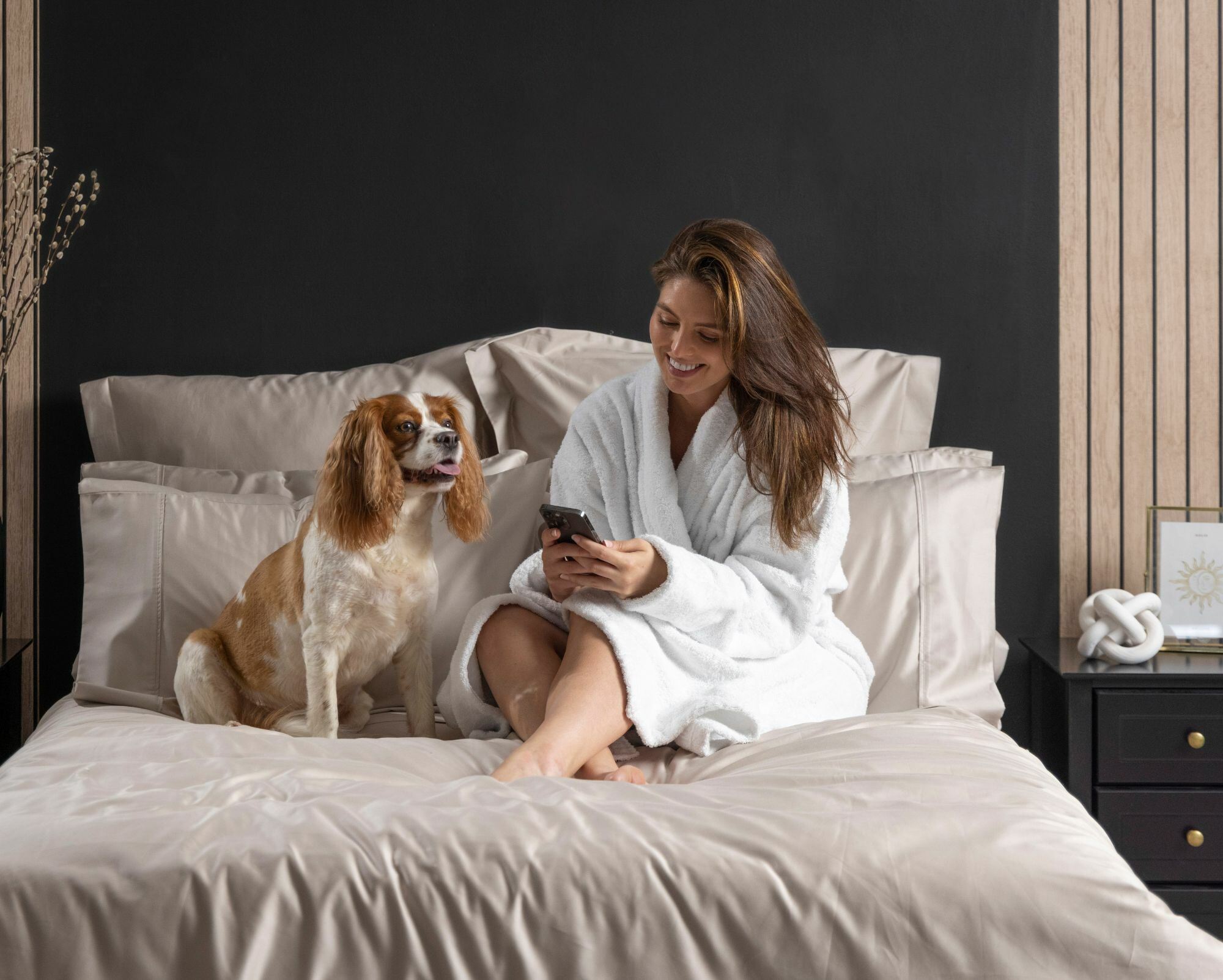
Keep Pets at Bay: A Pet-Free Bedroom Policy
While you may adore your furry companions and may not be allergic to them yourself, they can be a magnet for allergens. Pet dander, saliva and fur are common allergens that can linger on your bedding and make symptoms worse and your pets can also transport pollen and other allergens into your home. Minimise exposure to these allergens by having pet free zones within your home, particularly the bedroom and ensure that you clean your pets bedding regularly. Consider investing in Hypoallergenic Bedding to further reduce the risk of allergic reactions.
Get Anti-Allergy Bedding: Your Shield Against Allergens
Investing in anti allergy bedding can be a game-changer for allergy sufferers. These specially designed sheets and duvets are treated with chemicals that deter dust mites and other allergens from settling in your bedding. Memory foam mattresses because of their density also help prevent dust mites from burrowing into your bed while providing comfort. A budget friendly option is to use one of our anti allergy mattress protectors to add an extra layer of allergy protection.
Purify the Air: Breathe Easier with Air Purifiers and Plants
Air purifiers are invaluable tools for filtering out airborne allergens such as pollen and dust particles that can disrupt your sleep. Choose a model with a dehumidifying setting to reduce moisture levels and help prevent mould growth, a common trigger for allergies. If you want a greener option, certain house plants will help clean the air while you sleep. Plants like Aloe Vera for example are even on NASA’s list of air improving plants as they continuously release oxygen throughout the night.
Declutter for Dust Mite Defence
While decorating your room with a throw or a cushion adds a visual appeal, they also serve as a great hiding spot for dust mites. Reduce clutter and dust trapping surfaces with sleeker furnishings and cover your bedding when in storage. Consider swapping out heavy curtains for lighter, washable curtains to reduce allergen build up and create a breathable environment in the bedroom.
Best Bedding Material for Allergy Sufferers
When it comes to choosing the right bedding for allergy sufferers the most important decision is the material. If you don’t want to purchase chemically treated anti-allergy bedding, you can reduce the likelihood of being aggravated by allergies by choosing naturally hypoallergenic fabrics.
Bamboo Bedding
Bamboo bedding is renowned for its eco-friendly properties and hypoallergenic qualities, making it an ideal choice for allergy sufferers. Bamboo fabric is naturally breathable and moisture-wicking, keeping you cool and dry throughout the night. It boasts inherent antimicrobial properties that inhibit the growth of allergens such as dust mites and bacteria, promoting a healthier sleep environment. Additionally, bamboo bedding is silky smooth to the touch, providing unparalleled comfort and luxury..
Silk Bedding
Silk bedding offers a luxurious sleep experience while providing hypoallergenic benefits for allergy sufferers. The smooth texture of silk minimises friction against the skin, reducing the risk of irritation and allergic reactions. Additionally, silk is naturally resistant to dust mites, mould, and mildew, making it an excellent choice for those with allergies or sensitive skin. Its moisture-wicking properties help regulate body temperature, ensuring a comfortable sleep environment year-round.
FAQs
Can anti-allergy bedding really make a difference?
Yes, anti-allergy bedding is specifically designed to deter dust mites and allergens, providing a barrier between you and potential triggers. Investing in high-quality anti-allergy bedding can significantly reduce allergy symptoms and improve sleep quality.
How often should I replace my pillows and duvets?
Pillows and duvets should be replaced every 1-2 years to maintain optimal hygiene and minimise allergen buildup. Look for hypoallergenic options to further reduce the risk of allergic reactions.
Are there specific houseplants that are best for improving air quality?
Yes, certain houseplants, such as Spider Plants, Peace Lilies, and Boston Ferns, are known for their air-purifying properties. Incorporating these plants into your bedroom can help remove airborne toxins and allergens, promoting better sleep.
Can I still enjoy decorative pillows and throws in an allergy-free bedroom?
While decorative accessories can enhance the aesthetics of your bedroom, it's essential to minimise clutter and choose washable, allergen-resistant materials. Consider using pillow and mattress protectors to mitigate allergen build up and maintain a clean sleep environment.
How can I create a pet-free zone in my bedroom without upsetting my pets?
Designate alternative sleeping areas for your pets within your home, such as a cosy corner in the living room or a designated pet bed in another room. Reward your pets with treats and positive reinforcement for staying in their designated areas, ensuring a harmonious coexistence while minimising allergen exposure.
Conclusion
Implementing these strategies and investing in allergy friendly bedding can help you to create the allergy free environment you need to get a restful night's sleep. Say goodbye to night time chest tightness and sniffles and begin waking up refreshed each morning. Visit Belledorm to explore our range of bedding and transform your sleep experience today.


